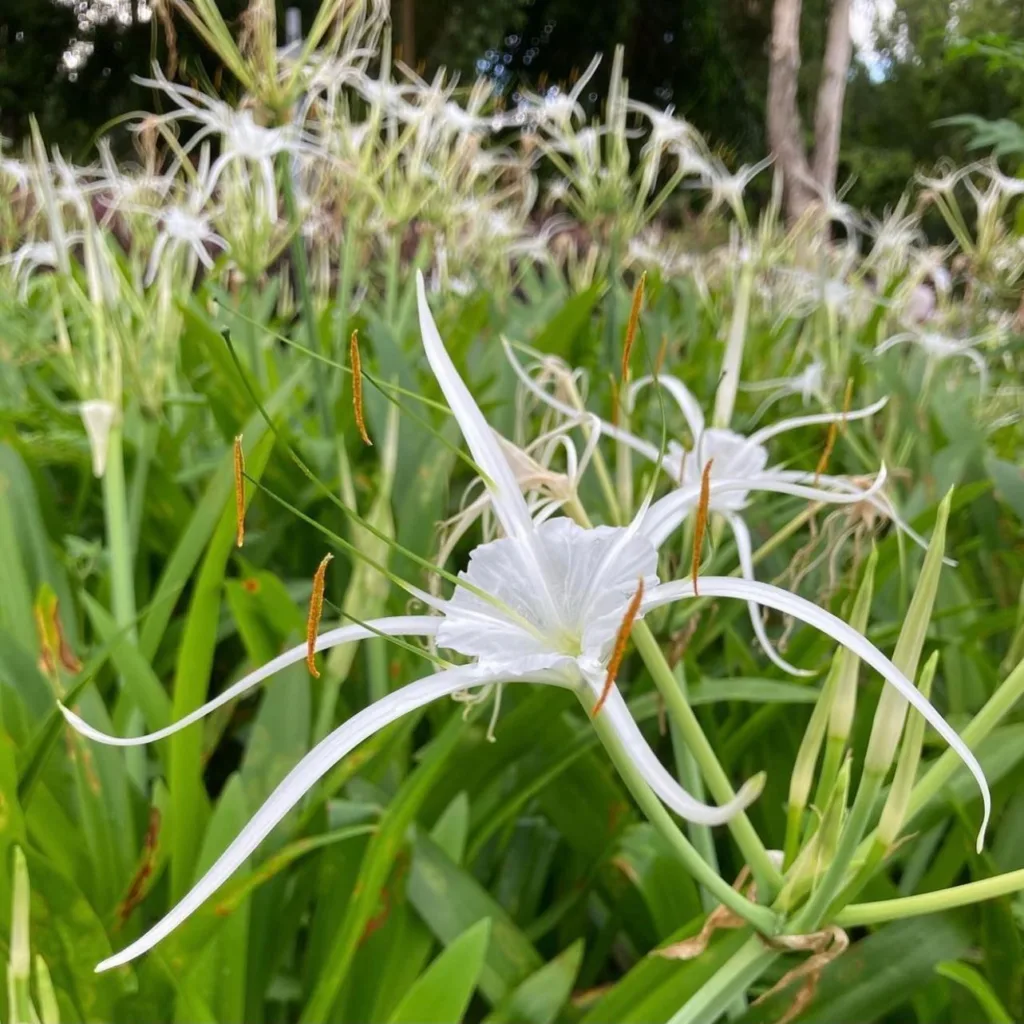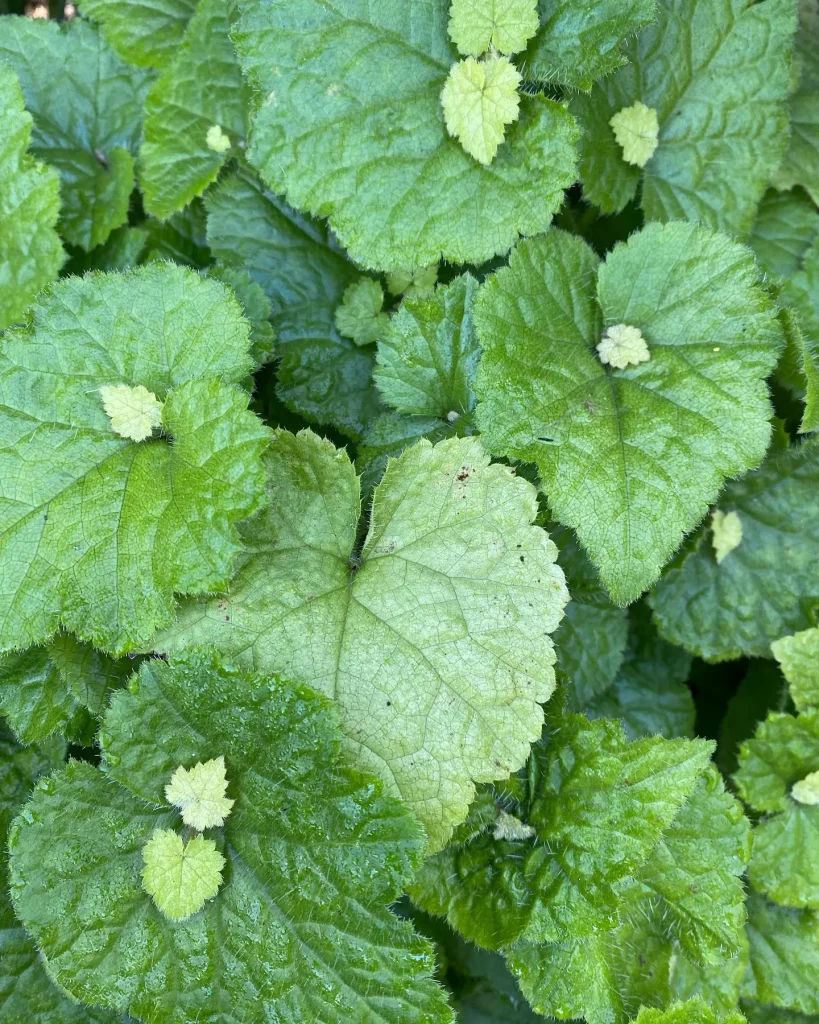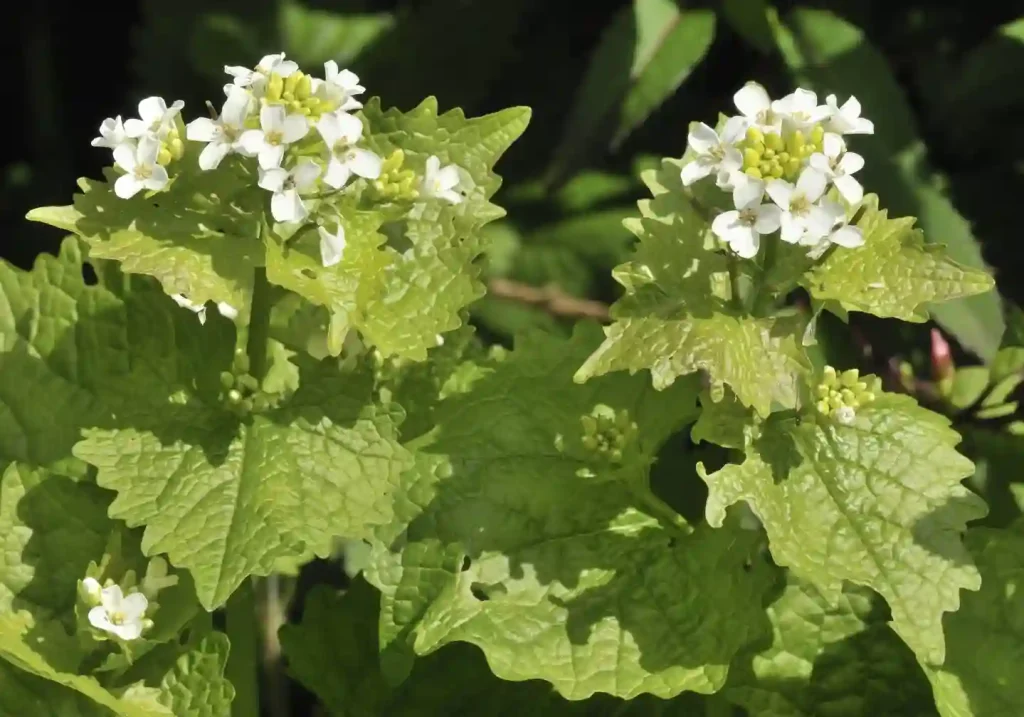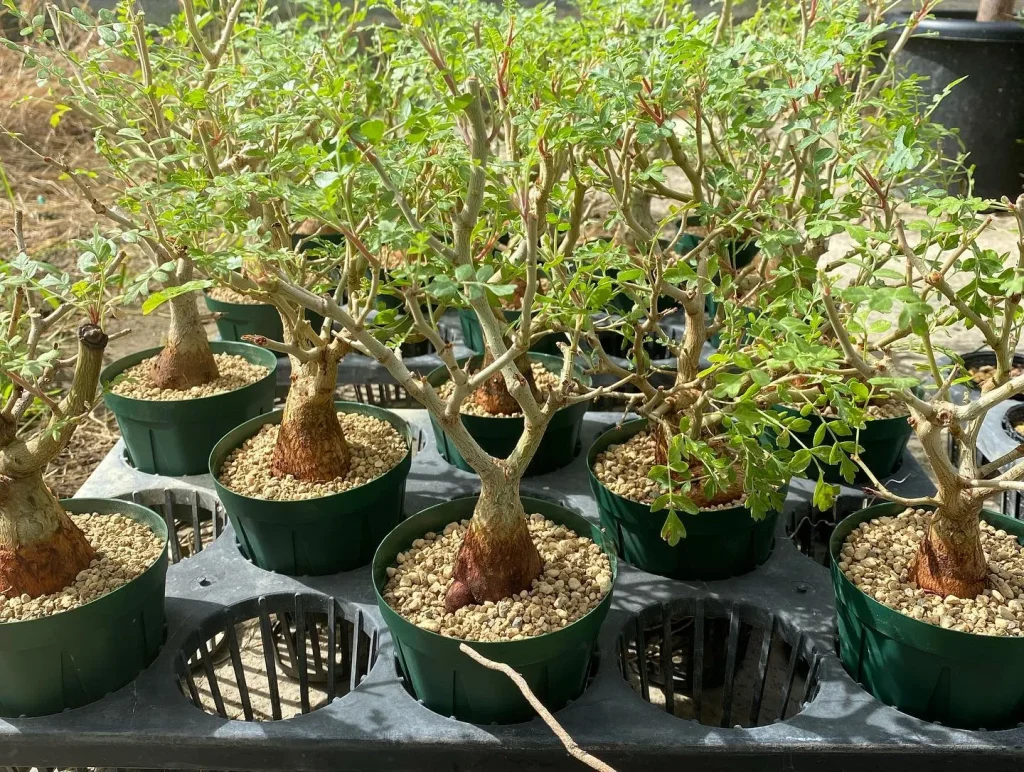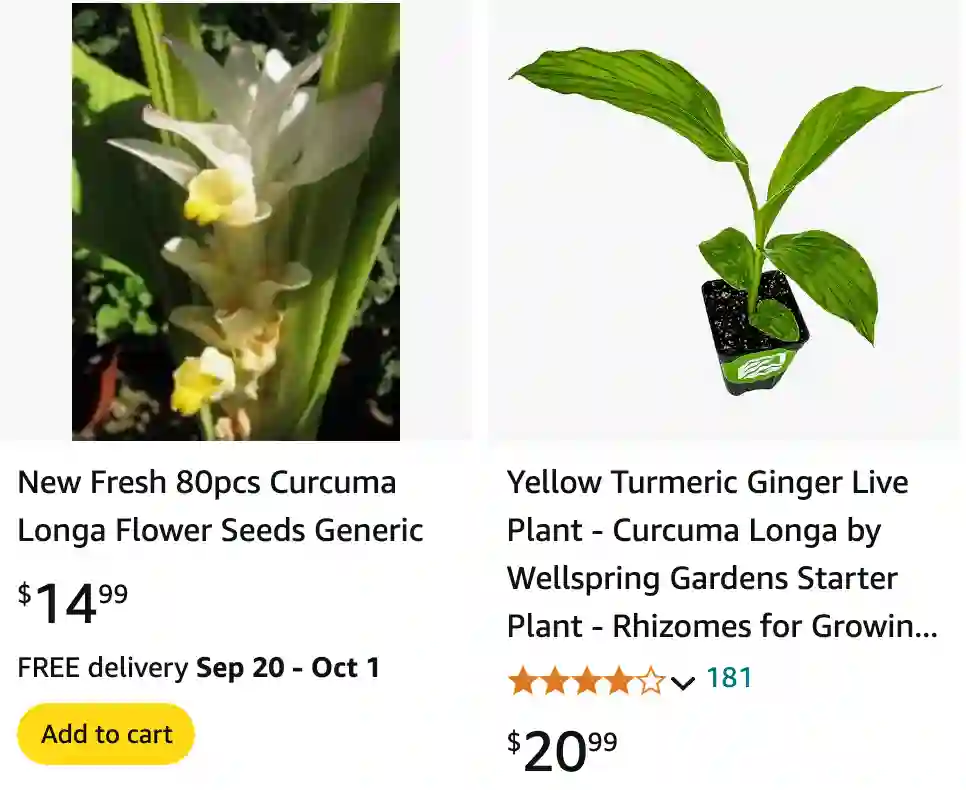
What is Curcuma Longa?
Curcuma Longa, often known as turmeric, is a perennial plant from the ginger family. It’s native to Southeast Asia and is highly prized for its vibrant yellow-orange rhizomes, which are used both as a spice and a medicinal herb. The primary active compound in Curcuma Longa is curcumin, which is renowned for its anti-inflammatory and antioxidant properties.
Plant Family: 57 Genera in Zingiberaceae
How Much Curcuma Longa Per Day?
When it comes to dosage, it’s essential to find a balance that provides health benefits without causing adverse effects. For general health, a daily intake of 500 to 2000 mg of Curcuma Longa is commonly recommended. This can be in the form of powdered turmeric, capsules, or extracts. However, for specific health issues like rheumatoid arthritis, doses may vary, and it’s wise to consult with a healthcare provider to determine the right amount for your needs.
Is Curcuma Longa the Same as Curcumin?
No, Curcuma Longa and curcumin are not the same, although they are closely related. Curcuma Longa refers to the whole turmeric plant or its root, while curcumin is the primary bioactive compound found within the turmeric root. Curcumin is what gives turmeric its characteristic yellow color and is responsible for most of its health benefits. However, Curcuma Longa contains other compounds that may also contribute to its therapeutic effects.
Curcuma Longa vs. Turmeric: What’s the Difference?
Curcuma Longa is the scientific name for the plant commonly known as turmeric. In other words, Curcuma Longa and turmeric are essentially the same. The term “turmeric” is usually used in culinary contexts to describe the spice made from the dried and powdered root of the Curcuma Longa plant. So, when you hear “turmeric,” think of the spice, and when you hear “Curcuma Longa,” think of the whole plant.
What is Curcuma Longa Good For?
Curcuma Longa is renowned for its numerous health benefits. It’s widely used for its anti-inflammatory and antioxidant properties, which help in reducing inflammation and oxidative stress in the body. People often use it to support joint health, improve digestion, and boost the immune system. It’s also been studied for its potential role in preventing chronic diseases like heart disease, Alzheimer’s, and certain cancers due to its ability to fight inflammation at the cellular level.
What is Curcuma Longa Root?
The root, or rhizome, of Curcuma Longa is the most prized part of the plant. This root is where the majority of its beneficial compounds, including curcumin, are found. It resembles ginger root in appearance but has a bright orange interior. Fresh Curcuma Longa root can be grated or sliced for cooking, while dried and powdered turmeric is more commonly used in culinary and medicinal applications.
What is Curcuma Longa Extract?
Curcuma Longa extract is a concentrated form of turmeric, usually standardized to contain a specific percentage of curcumin. These extracts are often used in supplements because they provide a higher concentration of curcumin than what is found in turmeric powder, making it easier to achieve therapeutic dosages.
How to Grow Curcuma Longa?
Growing Curcuma Longa is relatively easy, especially in warm, humid climates. The plant thrives in well-drained soil and requires plenty of water and partial to full sunlight. To grow it, you can plant turmeric rhizomes about 2 inches deep in the soil. They will sprout and grow into tall, lush plants. Curcuma Longa can also be grown indoors in pots if you live in a cooler climate, as long as it receives adequate light and warmth.
Where to Buy Curcuma Longa?
You can buy Curcuma Longa in various forms, including fresh rhizomes, dried powder, and supplements. Many grocery stores carry turmeric powder in the spice aisle, while fresh turmeric root may be found in the produce section or at specialty health food stores. Online retailers also offer a wide range of Curcuma Longa products, including organic and high-curcumin varieties.
How Much Curcuma Longa for Rheumatoid Arthritis?
For rheumatoid arthritis, higher doses of Curcuma Longa, typically in the form of curcumin supplements, are often recommended. Doses can range from 1000 to 2000 mg per day, but it’s crucial to consult with a healthcare provider to determine the right dosage for your specific condition. Curcumin’s anti-inflammatory properties may help reduce the pain and inflammation associated with rheumatoid arthritis.
Where to Buy Curcuma Longa Plant?
If you’re interested in growing your own Curcuma Longa, many garden centers and online plant retailers offer turmeric rhizomes or live plants for sale. Look for rhizomes that are firm and free of mold or soft spots, as these are signs of healthy, viable planting material.
Curcuma Longa vs. Capilia Longa: What’s the Difference?
While Curcuma Longa is the plant known for its culinary and medicinal uses, Capilia Longa is a brand name for a hair growth product derived from turmeric plant stem cells. The two are not the same; Curcuma Longa is a whole plant, whereas Capilia Longa refers specifically to a proprietary ingredient used in hair care products.
Curcuma Longa vs. Curcuminoids: What’s the Difference?
Curcuma Longa refers to the whole turmeric plant, while curcuminoids are a group of compounds found within the plant, with curcumin being the most active and well-known. Curcuminoids include curcumin, demethoxycurcumin, and bisdemethoxycurcumin, all of which contribute to the health benefits of turmeric.
Can You Grow Curcuma Longa Indoors?
Yes, you can grow Curcuma Longa indoors. It makes a great houseplant if you have a warm and sunny spot. A south-facing window is ideal, and you’ll need to water it regularly to keep the soil moist but not waterlogged. Indoor plants may not grow as large as outdoor ones, but you can still harvest the rhizomes after about 8-10 months.
Is Curcuma Longa Toxic?
Curcuma Longa is generally safe for consumption and use in cooking and supplements. However, consuming very high doses of turmeric or curcumin supplements over a long period might cause gastrointestinal issues like nausea or diarrhea. It’s always best to stick to recommended dosages and consult with a healthcare provider if you have any concerns.
What is the Difference Between Turmeric and Curcuma Longa?
To clarify, turmeric is the common name for the spice derived from the Curcuma Longa plant. So, when people refer to turmeric, they’re usually talking about the powdered spice, whereas Curcuma Longa refers to the whole plant. In essence, turmeric is a product of Curcuma Longa.
What to Plant with Curcuma Longa?
Curcuma Longa pairs well with other tropical plants that enjoy similar growing conditions, such as ginger, cardamom, and canna lilies. These plants thrive in warm, humid environments and can create a lush, green backdrop in your garden. They also share similar watering and soil requirements, making them easy to care for together.
Curcuma Longa is a versatile and valuable plant, whether you’re using it in the kitchen, for its health benefits, or as an attractive garden plant. Understanding the nuances between Curcuma Longa, turmeric, and curcumin helps you make informed decisions about how to incorporate this powerful plant into your life.
If i die, water my plants!
